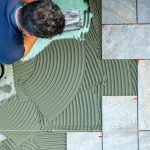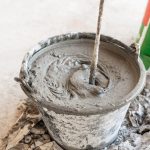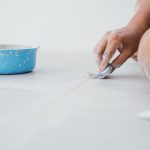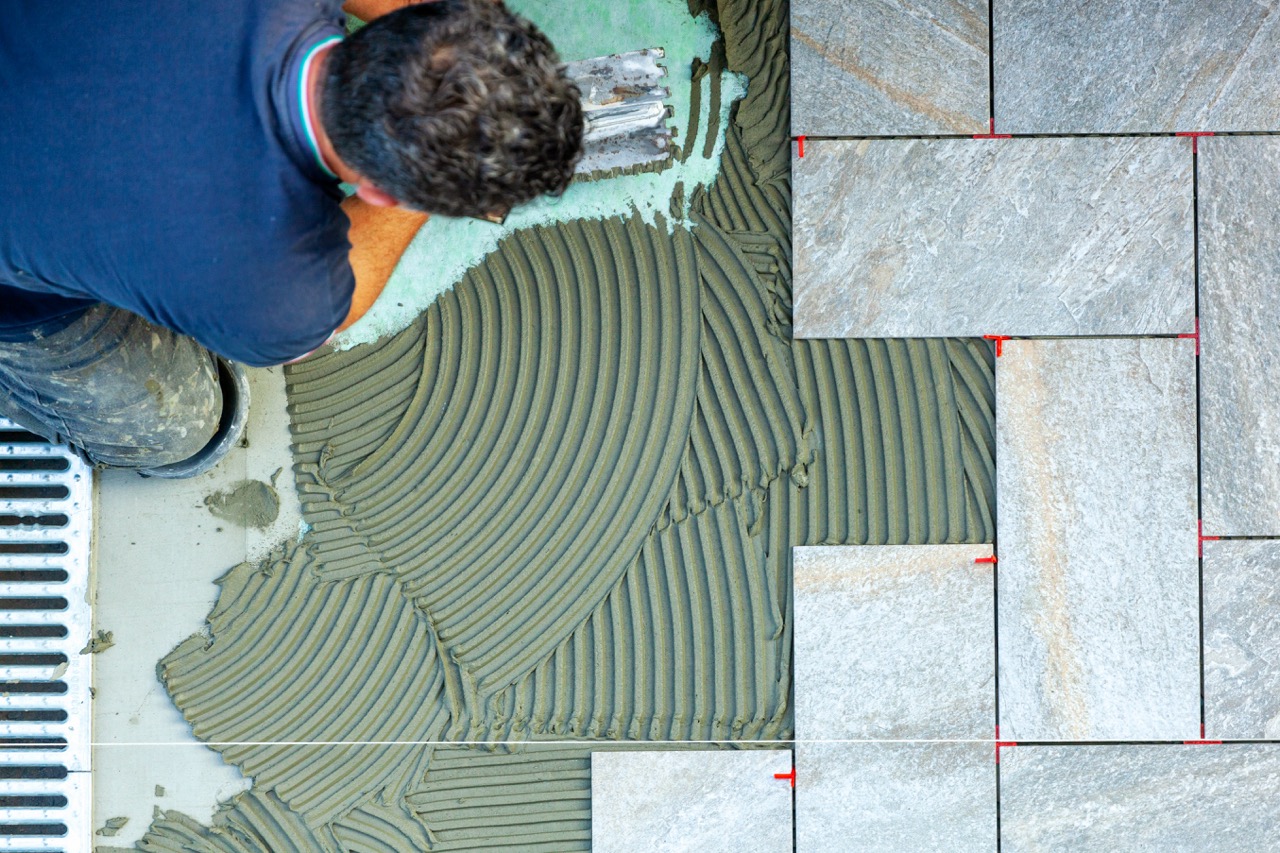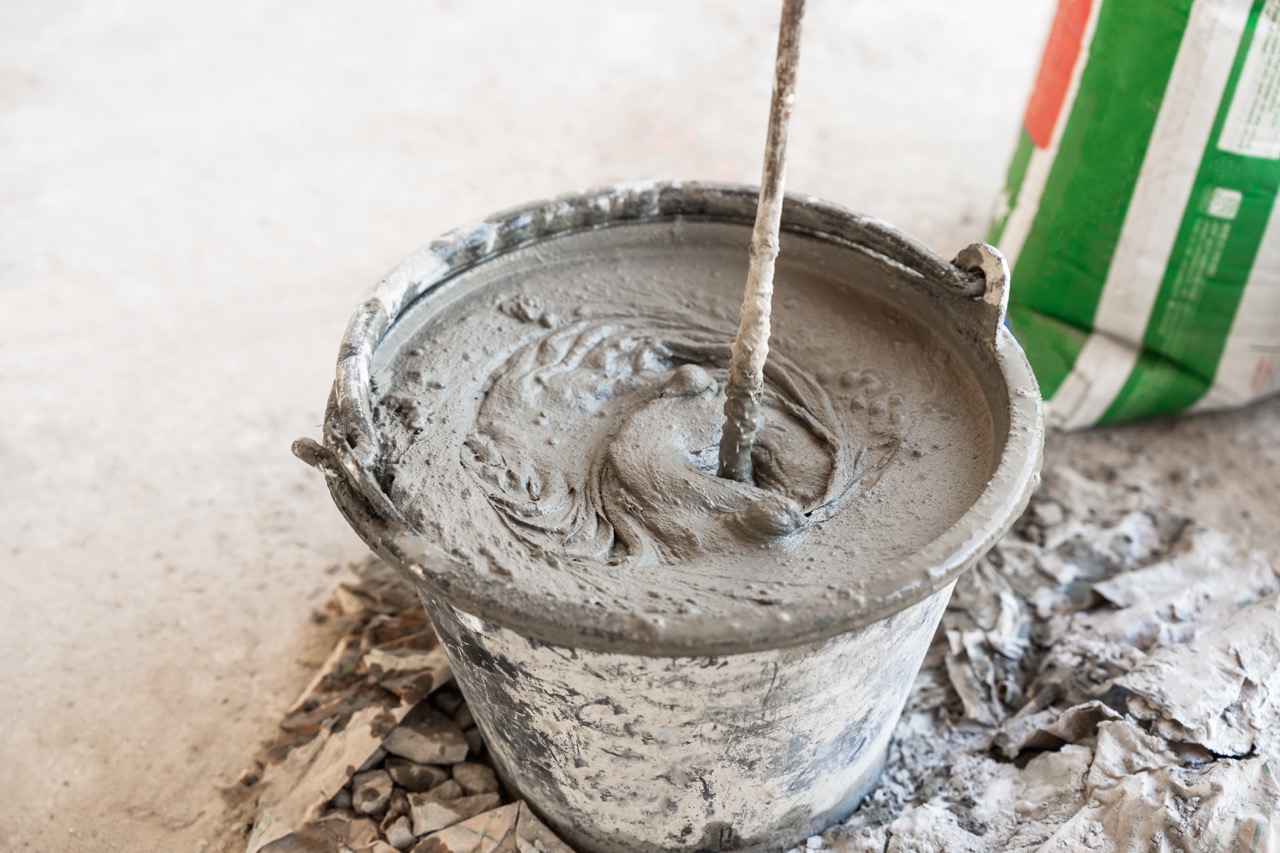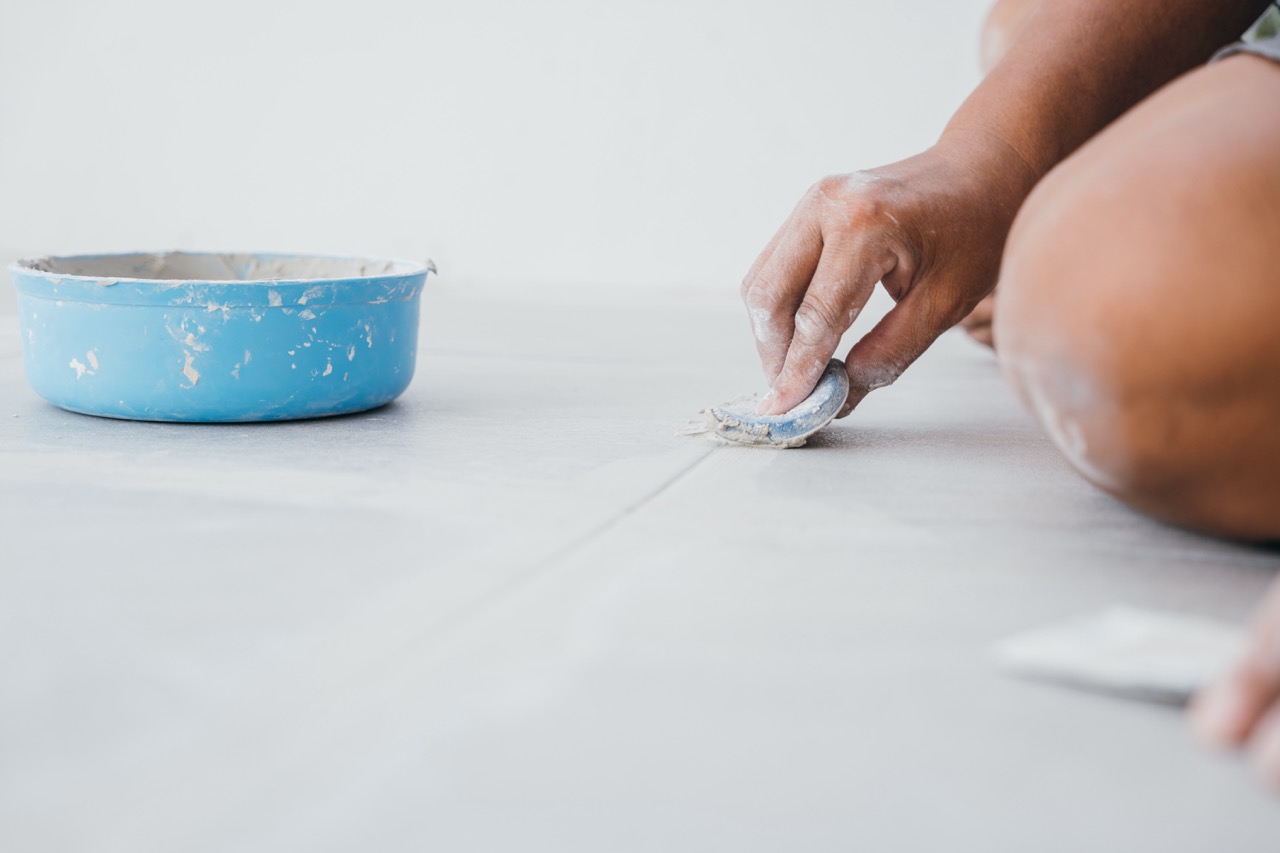When preparing a home for resale, homeowners often look for quick and affordable ways to refresh the appearance of their interior. One of the lesser-known yet increasingly popular methods is the use of grout pens, designed to restore the look of tiled spaces without a full renovation. But do these simple tools genuinely increase a home’s resale value, or are they just a cosmetic fix with limited payoff? Let’s explore whether grout pens hold real potential when it comes to tiling and property value.
Can Grout Pens Truly Boost Home Resale Worth?
Grout pens are marketed as a fast and inexpensive solution for making old tiles look fresh again. With just a few careful strokes, discolored or stained grout lines can regain a cleaner and more uniform appearance. From a buyer’s perspective, first impressions matter enormously, and freshly refreshed grout can give the impression of well-maintained tiles even if they are several years old. This aesthetic improvement may not replace professional regrouting or new tile installation, but it can provide that all-important visual boost during home showings.
That said, the impact of grout pens on actual resale value is usually modest. Real estate experts often emphasize that buyers evaluate homes holistically, focusing on overall functionality, structural integrity, and modern finishes. While tidy grout may help the bathroom or kitchen look cared for, it’s unlikely to dramatically shift the listing price of a property on its own. At best, it contributes to the impression that the home is well looked after, which can aid in generating competitive offers more quickly.
Nevertheless, grout pens do offer a strong return in terms of cost-to-benefit ratio. Instead of investing in large-scale tile replacement, spending a small amount on grout refreshment can elevate the home’s presentation for showings. In this sense, grout pens add value indirectly—not by raising the sale price dramatically, but by reducing the chances of prospective buyers perceiving the space as dated or neglected.
Exploring the Real Impact on Tile Value
When evaluating the long-term value of using grout pens, it’s important to understand their limitations. Grout pens essentially act as a surface-level makeover, applying a layer of color to grout lines rather than repairing or restoring the grout itself. Because of this, the effect is temporary and may fade over time, particularly in high-moisture or high-traffic areas. For resale purposes, however, the short-term refresh may be all that’s needed, especially if a property is expected to sell quickly.
Buyers with a keen eye might recognize that grout pens are only masking larger issues, and in those cases, the effect can backfire. If a potential homeowner starts to wonder whether there are underlying maintenance problems hidden behind a quick cosmetic fix, trust could become an issue. This makes grout pens best suited for homes where the tiles and grout are still in relatively good condition but simply need visual brightening. In contrast, they are not recommended as a substitute for proper repairs if grout is crumbling, missing, or has mold issues.
Ultimately, the greatest impact of grout pens on resale is psychological. Clean, consistent grout lines create a sense of care and cleanliness, which appeals to buyers on an emotional level. While this doesn’t directly translate to thousands of extra dollars in listing price, it can help secure faster sales, more favorable negotiations, and fewer objections during home walkthroughs. In real estate, these subtle advantages can make the difference between a property that lingers on the market and one that attracts timely, appealing offers.
Grout pens are far from a magic solution for boosting home resale value, but they serve as a practical, low-cost strategy to create a fresher and more polished presentation. While they don’t provide long-term structural value, they can enhance the visual appeal of tiled areas, indirectly supporting stronger buyer interest. For homeowners aiming to sell, grout pens are best viewed as a finishing touch rather than a core improvement—an affordable detail that might just help the right buyer see the home in its best light.
